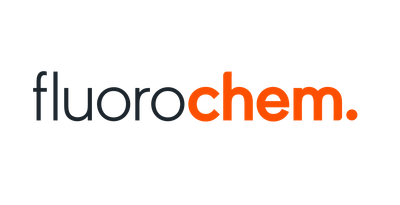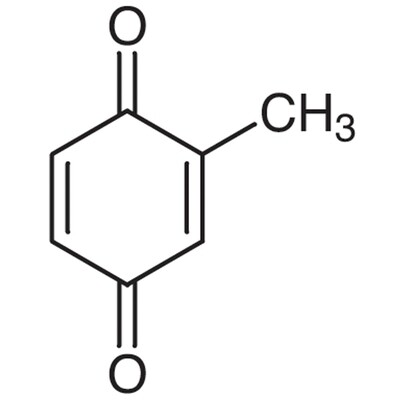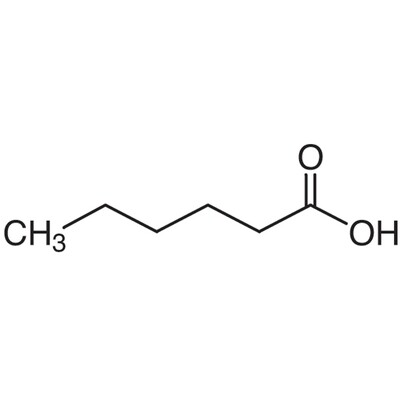ROTI®Fair TG-Western
Exactly pre-weighed pouches for convenient and rapid preparation of TG-Western solution.
SDS-free running buffer for native protein gel electrophoresis. Optimum base for preparation of Western blot transfer buffer by addition of 5-20 % methanol (Blotting-Grade, Art. No. 0082).
Prepared solution may be sterilized by filtration (0,22 µm). For long-term storage, buffer solution should be kept at room temperature.
As ready-to-use mixtures, ROTI®Fair products reduce the user's exposure to health-damaging substances used for preparation or pH adjustment. The production of ROTI®Fair tablets and sachets is carefully controlled in large quantities and can be made energy efficient. ROTI®Fair products reduce the total amount of waste produced and improve the footprint in the climate balance.
ROTI®Fair TG-Western for 1000 ml/pouch, for electrophoresis
| Menghoeveelheid | 1000 ml/pouch |
| Eindconcentratie | 1x |
| pHwaarde | 8,3 ±0,05 |
| Buffer/oplossing | Tris-glycine buffer |
| Toepassing | Buffer for protein electrophoresis and transfer |
Buffers recommended for Tank blotting:
Acc. to Tobwin et al., 1997: 25 mM Tris, 192 mM glycin, 20 % methanol. Optional: 0-0,1 % SDS.
Acc. to Bjerrum und Schaefer-Nielsen, 1986: 48 mM Tris, 39 mM glycin, 0-20 % methanol. Optional: 0-0.1 % SDS.
Acc. to Dunn, 1986: 10 mM NaHCO3, 3 mM NaCO3, 20 % methanol.
Buffers recommended for Semy Dry blotting:
Discontinuous buffer system: ROTI®Blot 1 - for standard proteins or ROTI®Blot 2 - for hydrophobic proteins.
Continuous Tris-glycin buffer acc. to Bjerrum and Schaefer-Nielsen, 1986: 48 mM Tris, 39 mM glycin, 0-20 % methanol. Optional: 0,01-0,1 % (usually 0,0375 %) SDS.
Continuous CAPS buffer for blotting of basic proteins and prior to N-terminal sequencing: 0,22 % CAPS (pH 10,5-11,0), 10 % methanol.
Do not adjust pH of the buffer (exception: CAPS stock solution). Adding acid or base to the buffer will result in higher conductivity, leading to increased formation of heat as well as ions. Subsequently, this results in brown, “burnt” looking blotting paper and damage to the electrode plates.
Methanol prevents the gel from swelling during transfer (mandatory for gradient gels!) and improves the absorption of proteins to NC membranes. For transfer of native or big proteins, reduce or omit methanol.
SDS improves transfer efficiency of large proteins and protein binding to PVDF membranes, however increasing relative current, power and temperature. Don’t use SDS for Semi-Dry blotting of small proteins to NC membranes. For tank blotting use 0,02 % SDS in minimum.
For blotting of native proteins use buffer acc to Bjerrum and Schaefer-Nielsen with 0,04 % SDS and 0-10 % methanol.
| Prepared 1x TG-Western solution contains: 25 mM Tris, 0.192 M glycine, pH-value 8.3 ±0.05, when prepared in deionized or distilled water. |

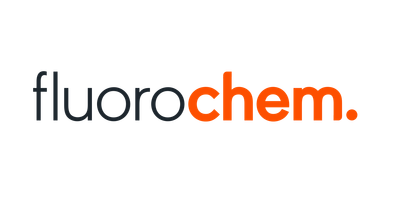
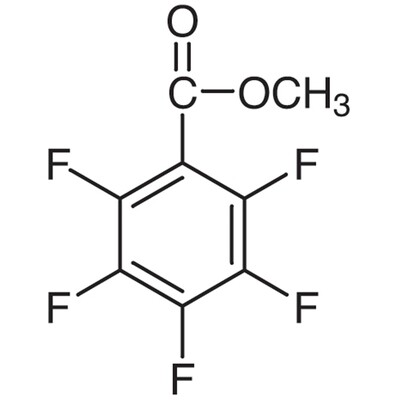
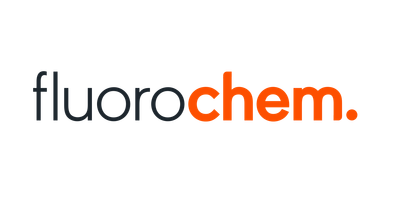
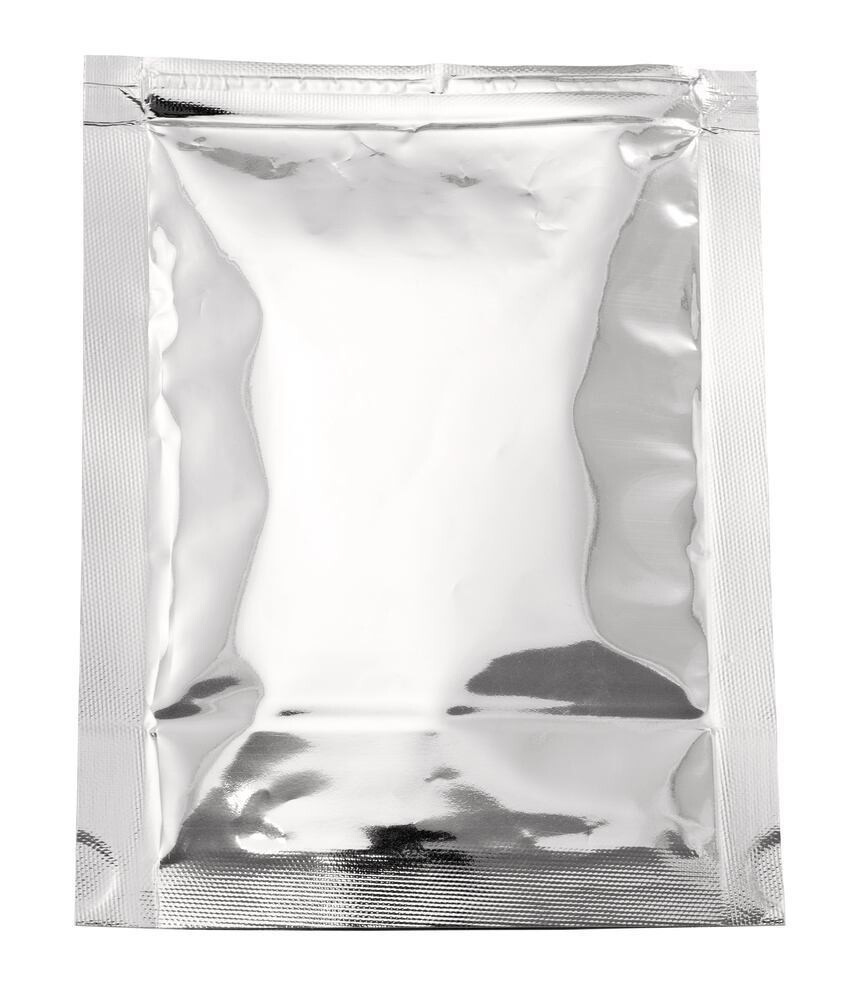
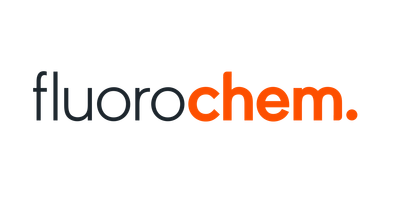

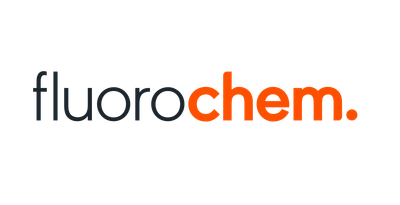
![tert-butyl N-[(3-amino-1H-indazol-6-yl)methyl]carbamate, 95.0%, 250mg tert-butyl N-[(3-amino-1H-indazol-6-yl)methyl]carbamate, 95.0%, 250mg](https://d2j6dbq0eux0bg.cloudfront.net/images/88473019/4771451709.png)
![N-[(3R)-Pyrrolidin-3-yl]-6-(trifluoromethyl)pyrimidin-4-amine dihydrochloride, 1g N-[(3R)-Pyrrolidin-3-yl]-6-(trifluoromethyl)pyrimidin-4-amine dihydrochloride, 1g](https://d2j6dbq0eux0bg.cloudfront.net/images/88473019/4780583297.png)
